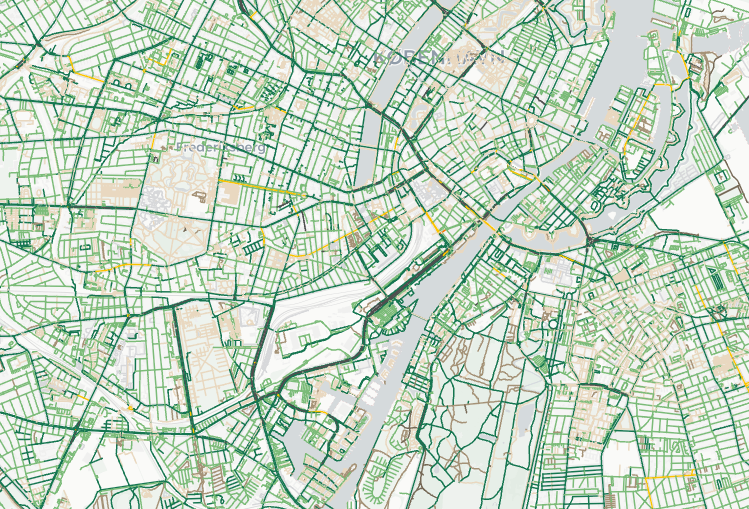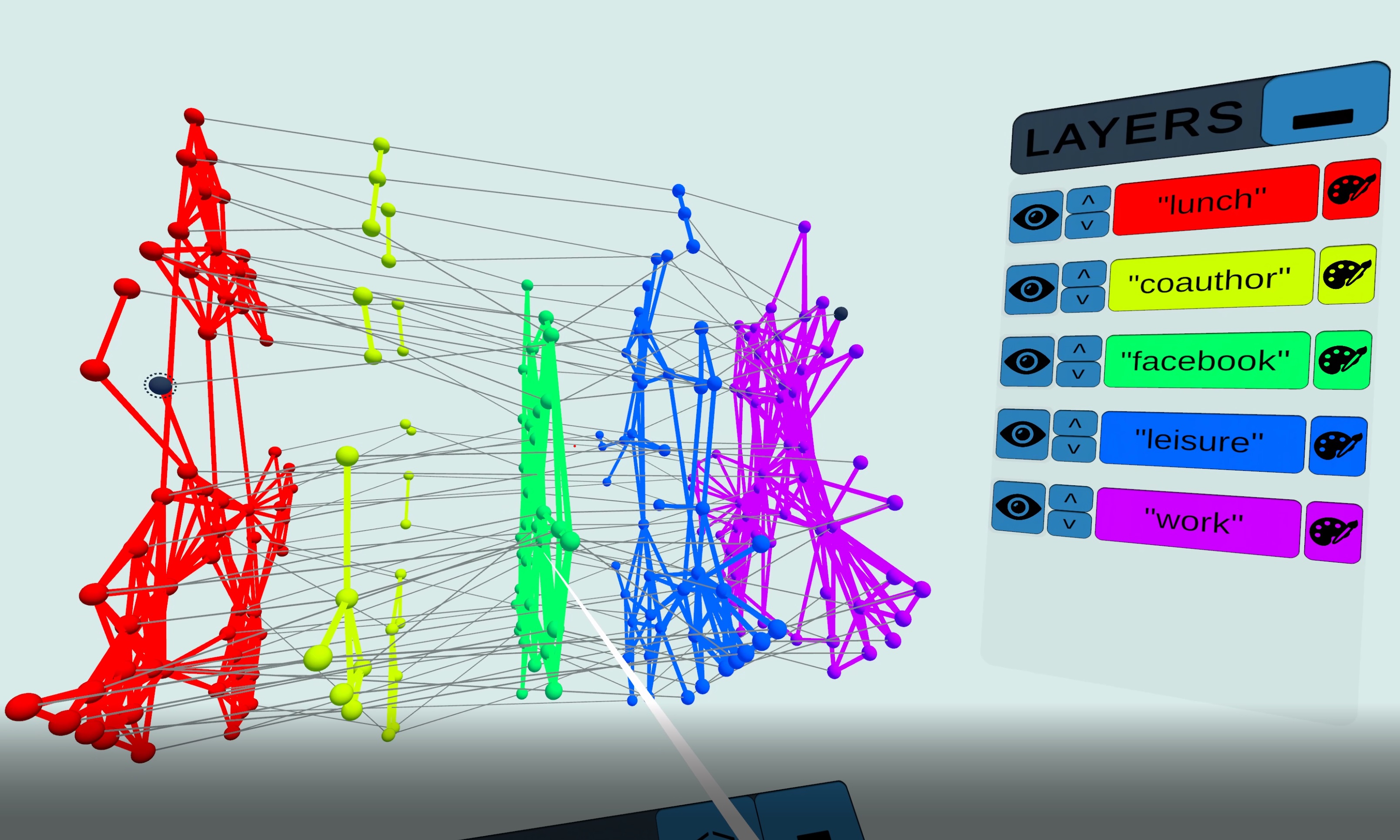Today we published the paper which marks the Grand Finale of Ane’s PhD, which she will defend this thursday, May 22nd, in Auditorium 2 at ITU: https://en.itu.dk/Research/PhD-Programme/PhD-Defences/PhD-Defences-2025/May/Ane-Rahbek-Vier_
Her thesis is “Network Analysis of Denmark’s Bicycle Infrastructure: Data & Infrastructure for All?”, of which an important part is the paper:
Network Analysis of the Danish Bicycle Infrastructure: Bikeability Across Urban–Rural Divides, by A.R. Vierø and M. Szell, published in Geographical Analysis

To bridge the gap between urban and rural cycling research, we analyze the bicycle network of Denmark, covering around 43,000 km2 and nearly 6 million inhabitants. We divide the network into four levels of traffic stress and quantify the spatial patterns of bikeability based on network density, fragmentation, and reach. We find that the country has a high share of low-stress infrastructure, but with a very uneven distribution. The widespread fragmentation of low-stress infrastructure results in low mobility for cyclists who do not tolerate high traffic stress. Finally, we partition the network into bikeability clusters and conclude that both high and low bikeability are strongly spatially clustered. Our research confirms that in Denmark, bikeability tends to be high in urban areas. The latent potential for cycling in rural areas is mostly unmet, although some rural areas benefit from previous infrastructure investments. To mitigate the lack of low-stress cycling infrastructure outside urban centers, we suggest prioritizing investments in urban–rural cycling connections and encourage further research in improving rural cycling conditions.
With the paper comes an interactive visualization of the whole bicycle network of Denmark! Check it out at: bikenetwork.dk

This achievement also marks the conclusion of all our “deliverables” for the Vejdirektoratet grant by the Danish Ministry of Transport which financed Ane’s Phd.
If you are around ITU, don’t miss Ane’s defense on thursday!


